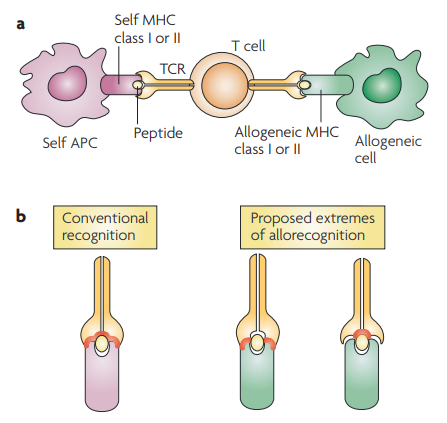CDR3 for TCR
Creative Bioarray provides in situ visualization analysis solutions for TCR variable domains that can be used in autoimmune diseases and tumor research. This service selects commercial site-specific probes to carry out. These probes are uniquely designed for the variable region and have the characteristics of high specificity and noise reduction. Our molecular platform provides one-stop scientific research services from sample pretreatment to hybridization analysis.
Diversity of the CDRs of TCR
The development of cell therapy and understanding how the immune repertoire responds to disease requires the identification of receptor regions that interact with antigens, which means that clearly identifying regions with greater amino acid sequence variability is the most important. Both TCR and BCR are composed of heavy and light chains. TCR is a heterodimer composed of a pair of α and β chains or γ and δ chains (α/β TCR is dominant in the human T cell pool). Each TCR chain is composed of a variable domain and a constant extracellular domain. The variable domain antigen recognition site is formed by three complementarity determining regions (CDR1, CDR2, and CDR3). The resolved pMHC-TCR protein structure shows that most of CDR3 interact with pMHC, while CDR1 and CDR2 are involved in stabilizing the entire TCR-pMHC interaction. This means that the specificity of T cell clones is mainly determined by the CDR3 regions of the two TCR chains. Our visual analysis solution can visually analyze the CDR3 region of the TCR that customers are interested in.
 Fig 1. T-cell recognition of conventional and allogeneic complexes. (Felix N J, et al. 2007)
Fig 1. T-cell recognition of conventional and allogeneic complexes. (Felix N J, et al. 2007)
TCR's CDR3 Visual Analysis Services
T cells play a vital role in human adaptive immunity. The recognition of antigen peptides bound to pMHC by TCR leads to the proliferation of antigen-specific T cell clones. The expanded T cell subpopulation then differentiates into effector T cells to produce a specific immune response. The collection of different TCR clonotypes generates a unique TCR library in each individual. The sum of functionally diverse B cells and T cells in a person's circulatory system at any given time forms the concept of the immune repertoire (IR). IR related research pays more and more attention to the research of CDR3 diversity. Studying the function of epitope-specific CDR3 sequences is of great significance for studying the role of cellular immunity in cancer and autoimmune diseases.
At present, studies have conducted an in-depth analysis of CDR3 through sequencing to clarify the composition and distribution of CDR3 in a given sample. This sequencing cannot provide information on the spatial distribution of tissues and cells. After identifying autoimmune disease-related TCR through CDR3 profile analysis, it can be verified by in-situ visualization schemes. Our visualization scheme is based on commercially available site-specific probes. These probes can target the Vα and Vα CDR3 regions of TCR to characterize the type of TCR of interest.
 Fig 2. Application of TCR's CDR3 visual analysis.
Fig 2. Application of TCR's CDR3 visual analysis.
If you are interested in our service, please contact us for cooperation. We look forward to cooperating with you in the near future.
References
- Felix N J, Allen P M. Specificity of T-cell alloreactivity[J]. Nature Reviews Immunology, 2007, 7(12): 942-953.
- Polonelli L, Pontón J, Elguezabal N, et al. Antibody complementarity-determining regions (CDRs) can display differential antimicrobial, antiviral and antitumor activities[J]. PLoS One, 2008, 3(6): e2371.
All products and services on this website are only suitable for non-medical purposes.


 Fig 1. T-cell recognition of conventional and allogeneic complexes. (Felix N J, et al. 2007)
Fig 1. T-cell recognition of conventional and allogeneic complexes. (Felix N J, et al. 2007) Fig 2. Application of TCR's CDR3 visual analysis.
Fig 2. Application of TCR's CDR3 visual analysis.


